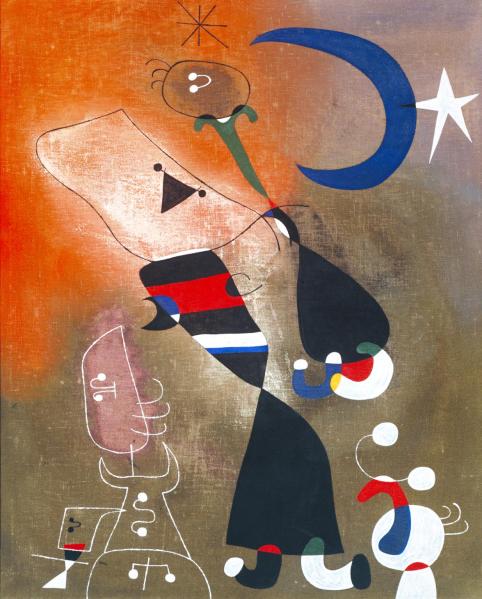Sabotaging your new year’s resolution is almost expected.
Let’s look at setting goals in a different way.
Have you made a conscious decision to focus on your creativity this year? You might want to learn how to draw, join an art class, or produce a body of work for an exhibition. Whatever your intention, it is important to set goals and be accountable. This may not sound very “creative”, however many successful artists have goals and rigid daily routines to ensure their practise is central in their lives.
Write it down
Writing goals is something that we should be taught in school. They are so underrated and are key to achieving your dreams.
A great way to begin writing your goals is to start with the big one. What is it? To earn a living painting? Become a portraiture artist? To enter the local art exhibition? Or learn how to paint with watercolour?
Once you have established your overarching goal, you can break it down into smaller medium-term and short-term goals to see what you need to do to achieve it. This will not only make it more manageable, it will show you just how much work is involved (which might surprise you)! Use the points below to help you create your short-term goals.
Structure
Artist Joan Miró adhered to a strict daily routine. He began the day at 6:00am with rigorous exercise, then would work in the studio until midday. He then took a five-minute nap, which he called “Mediterranean yoga”, then dedicated some time to his business affairs. Miró would then return to the studio until dinnertime at 8:00pm.

Structure in your day is very important if you are serious about achieving your goals. Now, most of us don’t have the luxury of spending our entire day in the studio like Miró. We have jobs, we need to pay bills, and our lives may be busy. To ensure that you dedicate some time each day to your creative goal, write out your current routine and see where you can fit in time for your craft. It may be as little as 45 minutes. This shows just how important routine is, because after we finish our compulsory daily tasks, that time in front of the TV seems appealing. It’s easy to lose days, weeks and years without really dedicating time to something you ultimately want to do!
The right information
It’s easy to suffer analysis paralysis with the multitude of books, online tutorials, art schools, techniques and advice out there. Don’t spend time absorbing mediocre information. If you are reading a book about technique and don’t like it, don’t read it. Do your research; read the great books, attend art schools that align with your journey with quality teachers and artists. Don’t stop learning, but be selective.
Mindset
This is a tough one; we can be our own worst enemy.
Only compare your work with your older work, not someone else’s. There will always be an artist who is better than you. The journey is long, and you won’t always produce work you like, but that’s part of the journey.
And what you must remember is that you have something to offer the world, too. Your journey is unique and just as important, and there are people in the world who will enjoy and want to buy your work.
You will also experience plateaus and blockages during your journey. This is normal and part of the practice – it allows for periods of creative abundance. Don’t be hard on yourself, read books like The Artist’s Way by Julia Cameron, listen to music you don’t normally listen to, or shake-up your daily habits (like walking around the block the opposite way).
Turn up
Artist Gerhard Richter spends weeks in his studio planning his paintings, or rearranging items in his studio, until he feels an internal crisis and need to paint. Then it pours out.
This is probably the most important lesson to take away. Turning up. Once you have written down your goals and established how much time you can dedicate to your art, you must turn up.
Picasso would spend hours standing in front of his paintings every day. Just like Richter, the act of turning up and spending time planning, reviewing and being with their work was key to their processes. Most of us don’t have the time to do this, so we must be more conscious of how we use it. Go to where you create during the time you’ve set aside and stay there the entire time. Don’t make excuses. Just go there and surround yourself with your creative tools and your work. You will eventually want to put pencil to paper. But don’t beat yourself up if this doesn’t happen for a while!
We are here to help
So, to recap:
- Write down your goals
- Establish structure
- Source quality educational tools and teachers
- Keep your mindset in check
- Turn up.
Melbourne Art Class offers a supportive, creative community for artists who thrive when working with other creatives. Learn new techniques and share ideas with other artists in our group classes or focus on your journey with our one-on-one tutoring. If you’re not interested or ready to join a class, we have a wealth of free resources on our blog, monthly newsletter and Facebook page.
Now it’s up to you – start writing down your goals, and make 2019 count!
Written by Lauren Ottaway.

